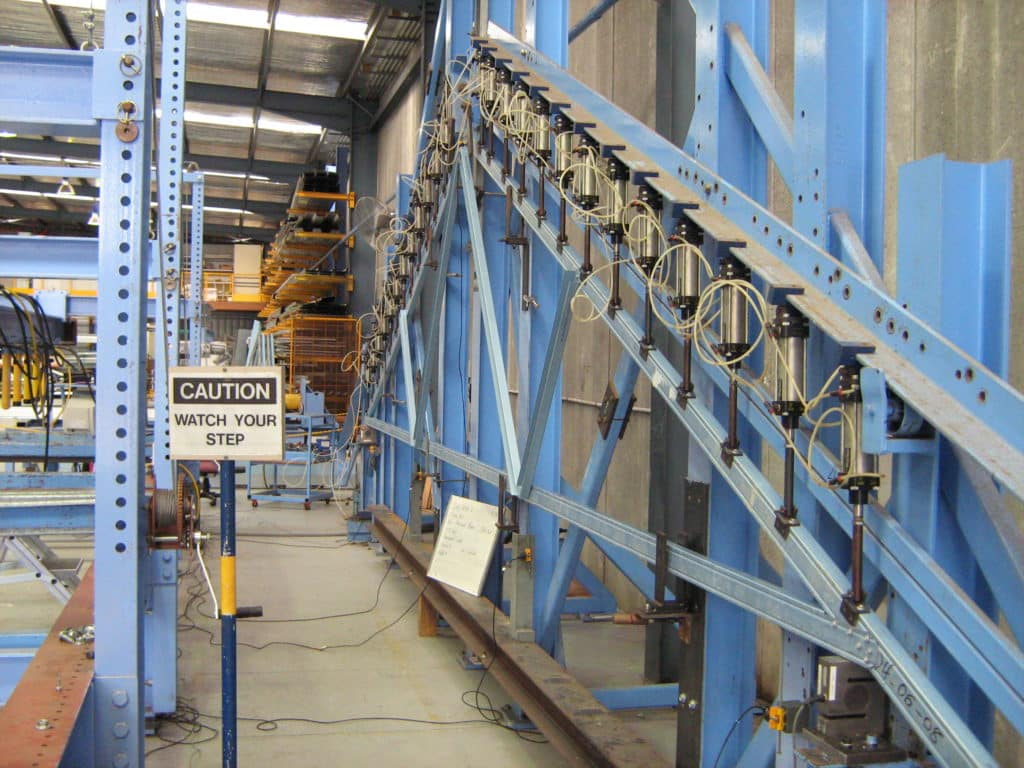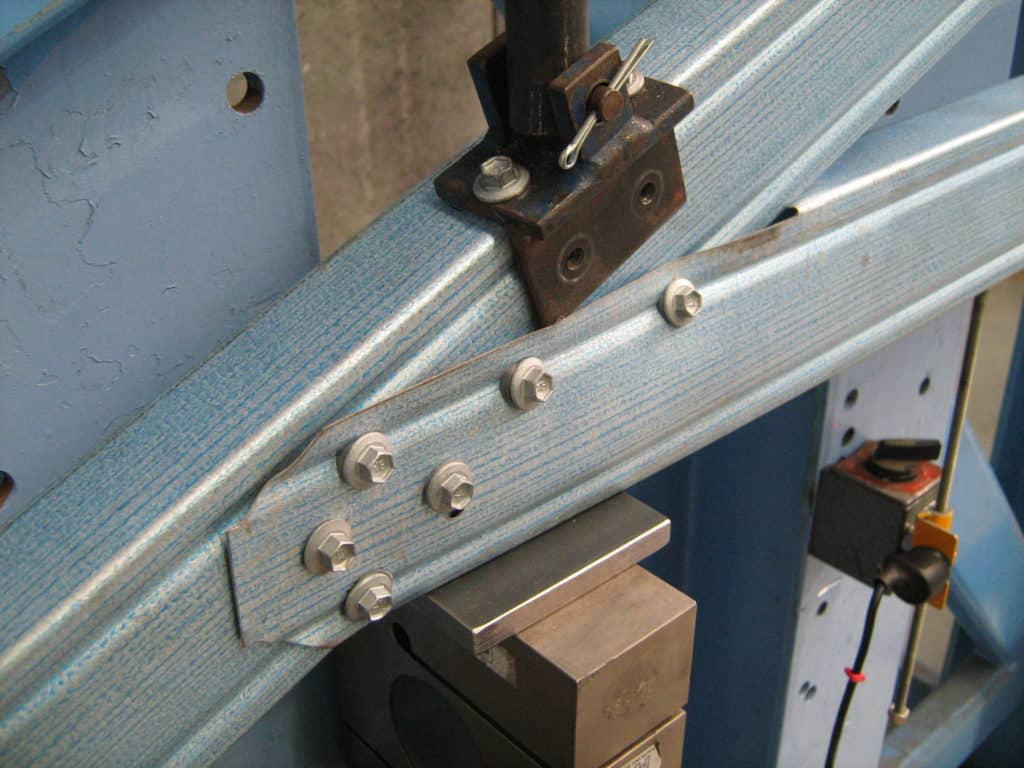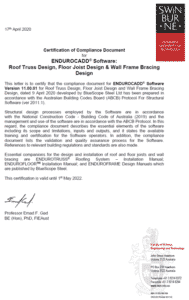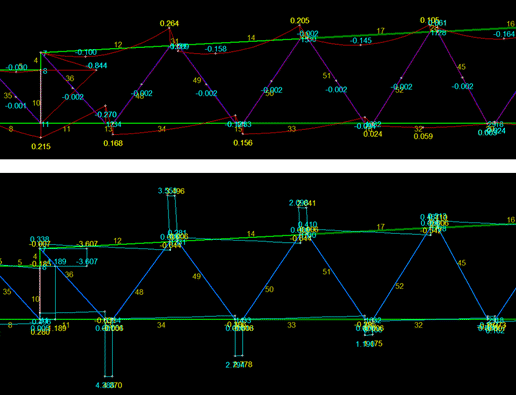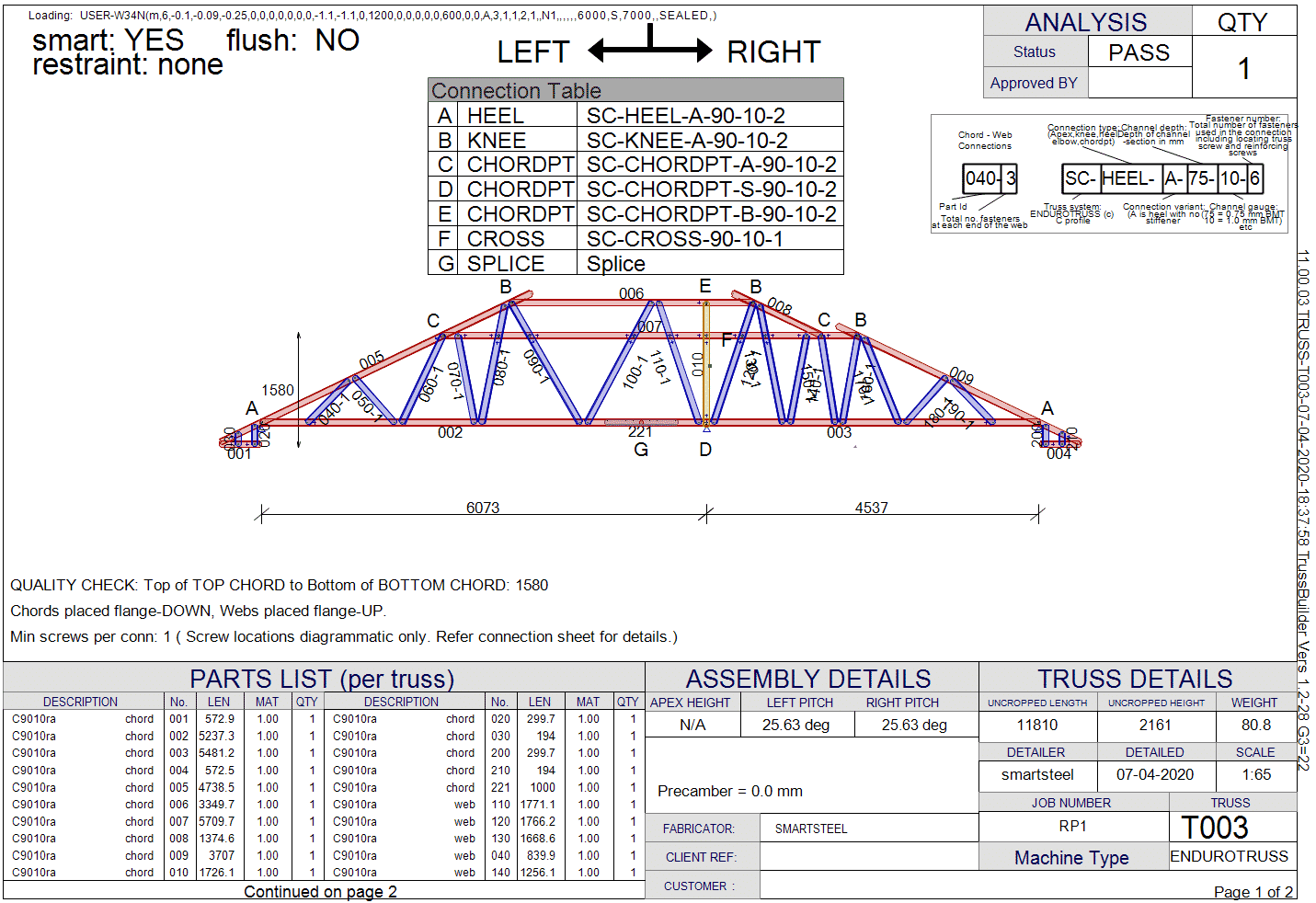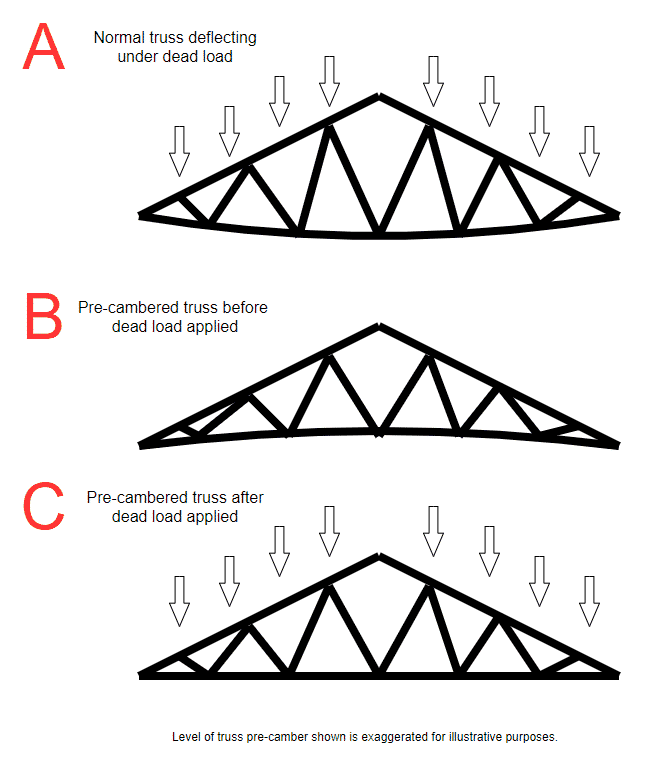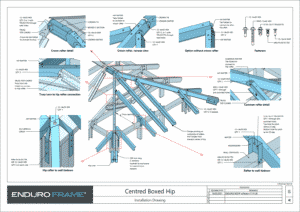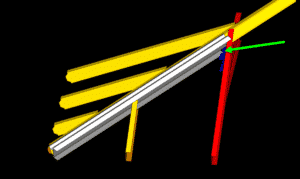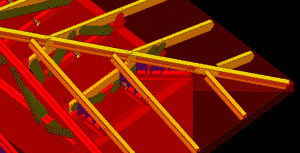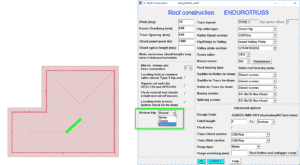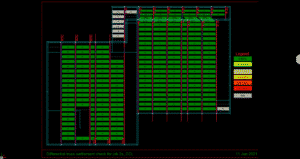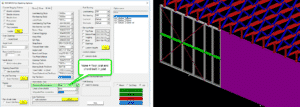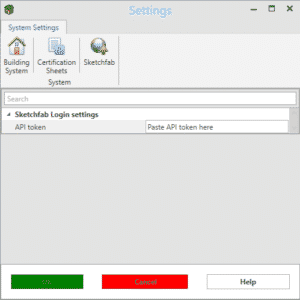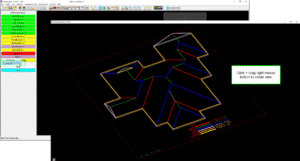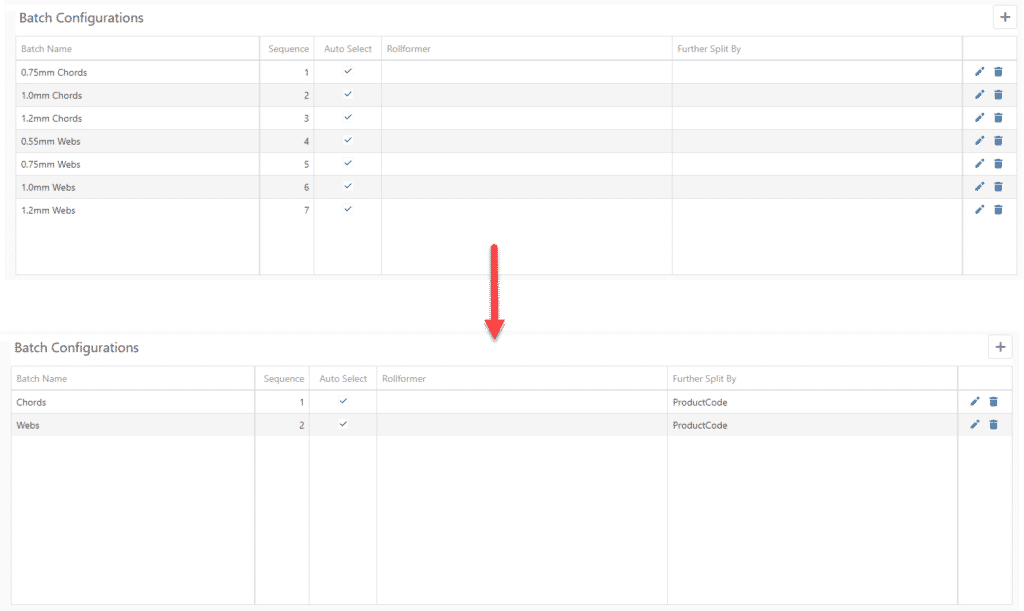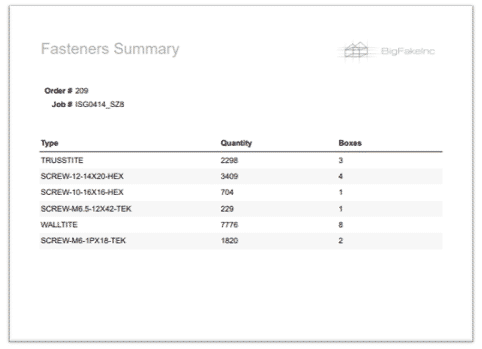ENDUROFRAME®️ System Curved Walls
Innovation Steel Frames and Trusses is a Wodonga-based company that has successfully provided high-quality wall frames for a recent job in Northern Victoria. The company has utilized its state-of-the-art ENDUROFRAME® system that is built to deliver immense flexibility while also meeting the ever-evolving needs of the construction industry.
One of the system’s most significant advantages is the increased number of punches in the ENDURO®️ rollformers which enables innovation in the design of walls. The system can produce short sections in the top and bottom plates and noggings to form curved walls, meeting complex customer requirements with ease.
Innovative Steel Frames and Trusses is a company that prides itself on providing a range of steel frame solutions for diverse construction projects. For more information on the company and their range of services, please visit their website at https://innosteelframe.com.au.


